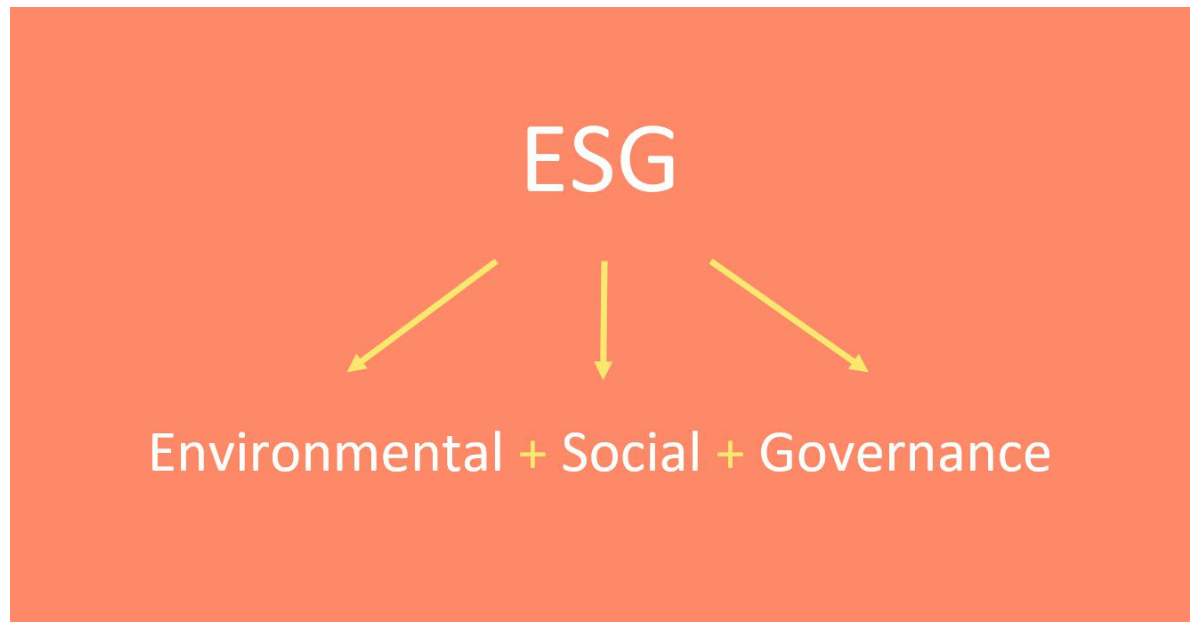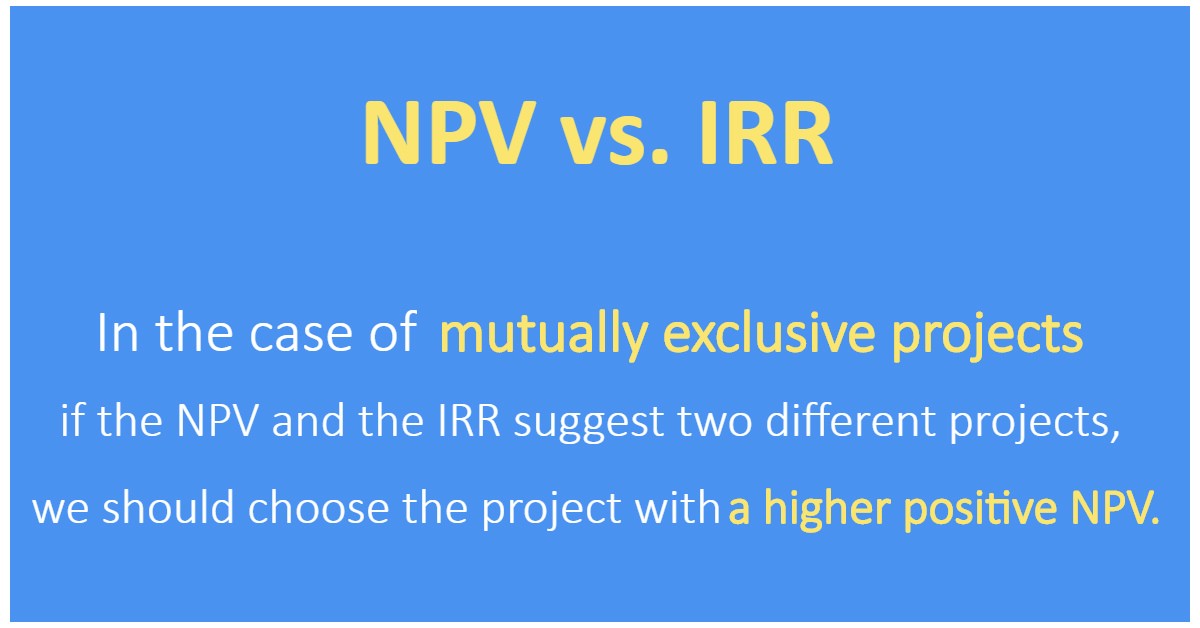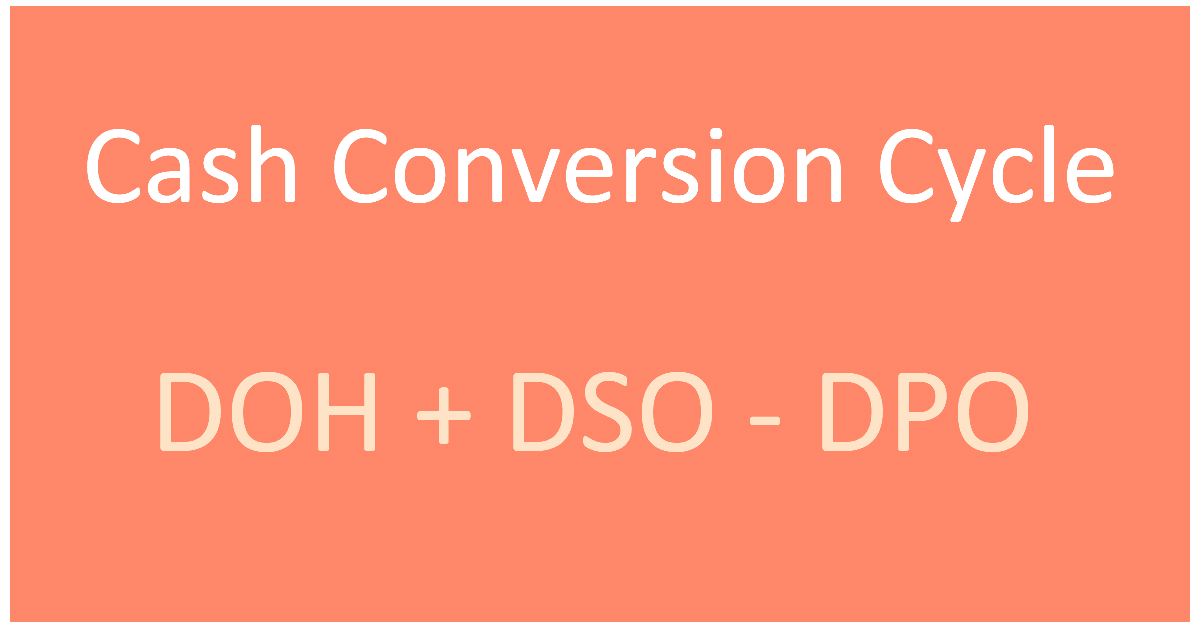Corporate Governance & ESG for Level 1 CFA® Exam Candidates

This blog post was created as a part of the CFA exam review series to help you in your level 1 exam revision, whether done regularly or shortly before your CFA exam.
Corporate Governance + ESG
Though corporate governance is an old concept when it comes to company management, it’s growing in importance as the governance factor is being joined by both environmental and social concerns (ESG). The latter two are slowly gaining more and more relevance in the investment industry making corporate governance so much more than just managing the company.
Defining Corporate Governance
Corporate governance is the system of internal controls and procedures that helps to manage a company. Its aim is to establish the rights and obligations of various groups within the company and to minimize potential conflicts of interest between insiders and external shareowners.
You can learn more about corporate governance & ESG by visiting our CFA exam lesson on ESG .
Company Stakeholders
Various groups exert an impact on the company. These groups are called stakeholders and they include: shareholders, creditors, managers (or executives), employees, board of directors, customers, suppliers, and governments/regulators.
Each group of stakeholders has different interests and a specific relationship with the company. That is why potential conflicts of interest have to be successfully handled for a company to be well governed.
Stakeholder management consists in identifying, prioritizing, and understanding the interests of stakeholder groups and then managing the company’s relationships with these groups.
corporate governance and stakeholder management framework
= the company’s legal, contractual, organizational, and governmental infrastructure defining the rights, responsibilities, and powers of each group
Examples of stakeholder management mechanisms:
- general meetings,
- board of directors,
- audit function,
- company reporting and transparency,
- remuneration policies,
- contractual agreements with employees, creditors, customers, and suppliers.
Question 1
According to corporate governance practices, shareholders:
- are entitled to participate in the company's governance.
- are not allowed to participate in the company's governance.
- have an obligation to participate in the company's governance.
Answer: A
All shareholders may participate in the company's governance (i.e. they have a right to participate in the governance of the company). Moreover, they should be treated fairly by the management and the board and be informed about all their rights.
Also, remember that the board is elected by shareholders to protect their interests. It's meant to serve as a link between shareholders and managers and an internal monitoring tool of shareholders.
Question 2
Violations in the company’s code of ethics are most likely to result in:
- ...
- ...
- ...
Question 2 is available for CFA Program candidates using our study planner to control their prep:
Already using Soleadea? 1. Sign into your account 2. Refresh this page to see Question 2.
Level 1 CFA Exam: Factors, Risks, and Benefits of Corporate Governance
Stakeholder relationships and corporate governance are affected by both market and non-market factors as shown in the table below:
| market factors | non-market factors |
|---|---|
| shareholder engagement | law |
| shareholder activism | media |
| competitive factors such as proxy contest, tender offer, hostile takeover | corporate governance industry (i.e. external corporate governance services for investors) |
Moreover, there are certain risks related to poor corporate governance and obvious benefits in case of good corporate governance.
Risk and Benefits of Corporate Governance
Risks of poor governance:
- weak control systems (e.g. poor audit procedures),
- ineffective decision making (caused by e.g. bad executive remuneration policy),
- legal and regulatory risks (compliance weakness leads to possible lawsuits or investigations),
- reputational risk (caused by e.g. badly managed conflicts of interest),
- default and bankruptcy risks (poor corporate governance can hinder the company’s financial position and its ability to meet debt obligations).
Benefits of good governance:
- operational efficiency (owing to clearly defined and delegated duties),
- effective control at all corporate levels,
- better operating and financial performance (thanks to e.g. improved decision-making process or proper remuneration policies),
- lower default risk or cost of debt (mitigated by e.g. a well-functioning audit system or creditors’ rights protection).
ESG Considerations for Level 1 CFA Exam
More and more often, the governance factor is being joined by both environmental and social concerns. The trio: environmental + social + governance makes it into the ESG acronym so well-known for level 1 CFA Exam candidates.
Terms related to ESG
= sustainable investing (SI), ESG investing, responsible investing (RI), socially responsible investing (SRI)
Some Approaches to ESG Implementation
ESG integration (aka. ESG incorporation) aims at identifying risks and opportunities related to ESG factors and seeing how a company is handling them before making an investment decision.
ESG factor is considered material when the factor is believed to influence the company’s long-term business model.
- Examples of environmental factors considered material: natural resource management, energy efficiency and reduced emissions, adherence to environmental safety and regulatory standards.
- Examples of social factors considered material: human rights, product development, community impact.
Negative screening excludes those companies or sectors that disregard ESG aspects (most often applied!).
Positive screening or Best-in-class both promote investments with favorable ESG aspects.
Thematic investing focuses on investing in companies within a specific thematic field, e.g. climate change.
Impact investing seeks to achieve targeted social or environmental objectives along with measurable financial returns through engagement with a company or by direct investment in the company (or its projects).
Level 1 CFA Exam Takeaways For Corporate Governance & ESG
- Corporate governance is the system of internal controls and procedures that helps to manage a company.
- Each company has various stakeholder groups. Their rights and obligations need to be established, and their interests and conflicts well managed.
- Stakeholder management is about identifying, prioritizing, and understanding the interests of stakeholder groups and then managing the company’s relationships with these groups.
- BAD CORPORATE GOVERNANCE is when one group of stakeholders benefits at the expense of another.
- GOOD CORPORATE GOVERNANCE aligns the interests of managers and directors with the interests of shareholders while balancing the interests of the company’s stakeholders.
- BEST CORPORATE GOVERNANCE is when good corporate governance takes ESG considerations into account!
- ESG stands for environmental + social + governance. The investment industry is getting more and more ESG-aware.
- Negative screening is the most frequently used ESG approach.
- Ethics and corporate governance go hand in hand.
LAST UPDATE: 4 Nov 2023
Read Also:




